You can also listen to this article on the Nothing/Unsaid Op/Ed podcast
I’ve had more than a few weekend breakfasts ruined at Hampshire Dining Commons. Over a plate of pancakes and Hamp’s fine variety of fruit offerings — cantaloupe and honeydew melon — I’d typically spend my Sunday mornings writing this very column. My soundtrack? A choppy, grating rendition of “Für Elise” echoing downstairs, over, and over and over again.
“These people are so brave,” I thought, “to play this poorly for a crowd that never asked for it.”
My feelings have changed since then, though. My campus pet peeve became a pleasant highlight of my day, and I’m glad it did.
Three pianos were installed around the University of Massachusetts in October 2017 as part of a student-led public art project, called Free Keys. Project manager Owen Henry led the call for student designs and the donated, decorated pianos landed at Hampshire, the Campus Center and the Student Union lobby. Henry said he intended to connect student artists with the greater campus community.
“‘It’s really beneficial for the community to be able to experience for themselves and see others experience a public, personal expression,’” he told the Amherst Wire. “‘Student driven public art and projects like this have the power to just heighten the mutual respect of everybody and the human dignity of everybody and I think that’s something we really need right now.’”
Five years later, I’ve seen and heard the pianos used regularly throughout my time at UMass. The success of this small-scale project on campus reflects a broad desire for more public art installations.
According to the National Civic League, public art is essential to community building. “Not only does it establish and beautify public spaces, it expresses and supports a sense of neighborhood history, culture and identity and helps drive economic vitality,” Senior Fellow Jan Brennan wrote. “One aspect of increasing interest is participatory public art, in which the public plays an active role rather than merely being.”
Public art, which includes more than just outdoor murals and sculptures, often addresses cultural histories or urban issues, and invites the community in to plan, install and appreciate the space. “Participation amplifies the sense of ownership, discouraging graffiti and vandalism while supporting beautification, safety and economic development.” Allowing a community to have control over its development doesn’t just bring people together, it prompts an investment that decreases other social problems.
Research suggests that public art doesn’t just build community, it can positively affect a person’s physical and mental health. According to the National Library of Medicine, “Engagement with creative activities has the potential to contribute toward reducing stress and depression and can serve as a vehicle for alleviating the burden of chronic disease … There is also evidence that use of art and music reduces hospital stays, with studies showing earlier discharges among patients taking part in visual and performing arts interventions than among those not doing so.”
At the Sidney & Lois Eskenazi Hospital in Indianapolis, $1.5 million in donations allowed for the creation of 19 original works to be displayed around the building. Some patients in hospitals with art displays reported an increase in mood and motivation to get out of bed to see the installations. Patients’ family members, like the parents of a 12-year-old stroke survivor, said an exhibit near their hospital wing “provided a sense of calm amid their fear and exhaustion.”
The Amherst Public Art Commission agrees. “For creating an attractive, vibrant sense of place, public art in a town is as important as appealing storefronts, good street lighting, green spaces and fine restaurants,” the Commission wrote in a proposal for Amherst to adopt a Percent for Art program, which would allocate a portion of funding for capital building or improvement projects to creating public art.
You can find public exhibits all around town — the “Portal” sculpture in Kendrick Park, terracotta tiles featuring quotes from local authors sprinkled throughout Amherst Center, UMass’ Rocky Hill Road sun wheel and in four galleries on campus.
The benefits of public art set some high expectations, but the immediate impacts are small. Projects like Free Keys, which bring the community in to participate and engage passive listeners, are a simple way to do so. So support public art! And take a minute to let your daily annoyance become something you grow to love.
Catherine Hurley can be reached at [email protected] and followed on Twitter @cath_hurley.

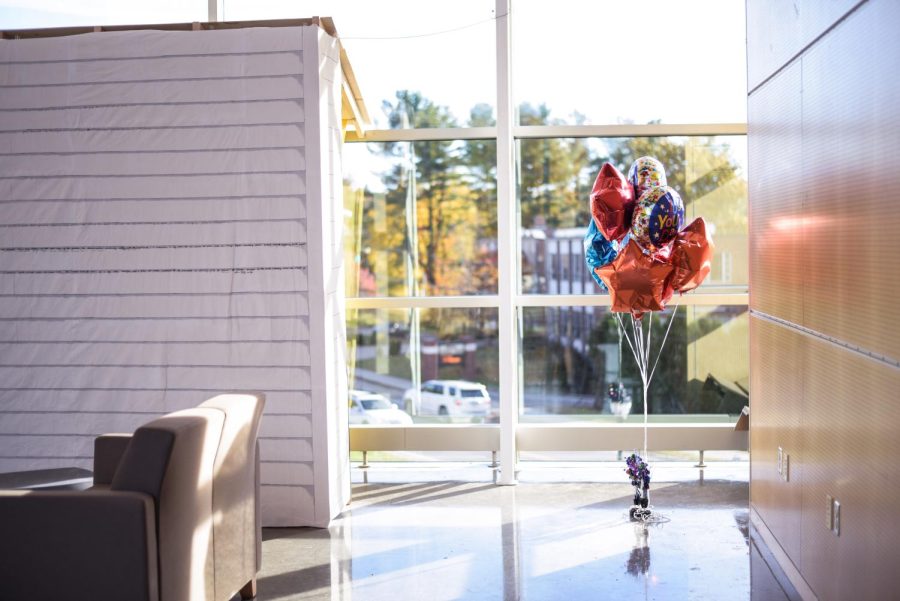


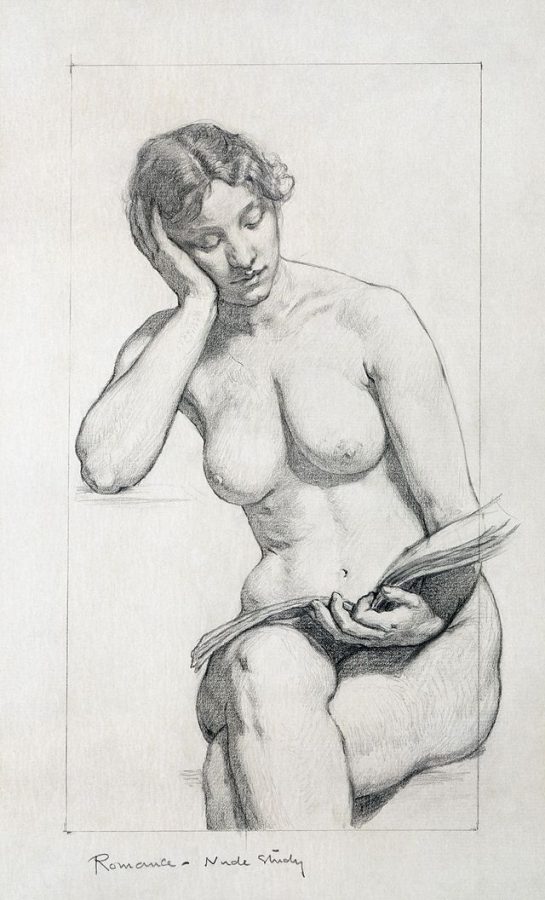
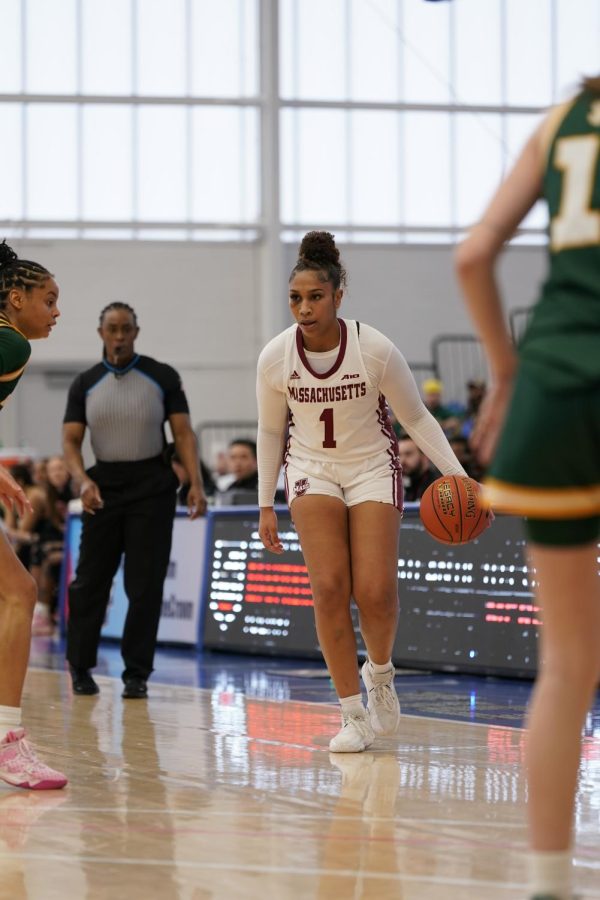
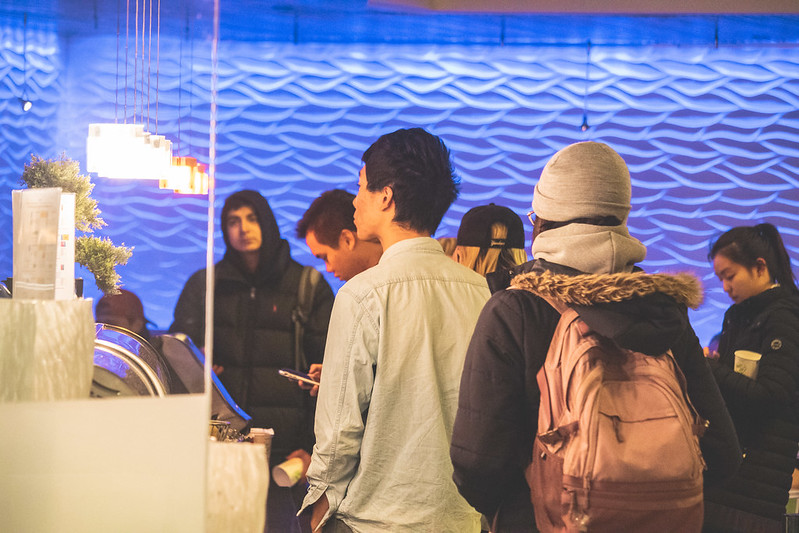
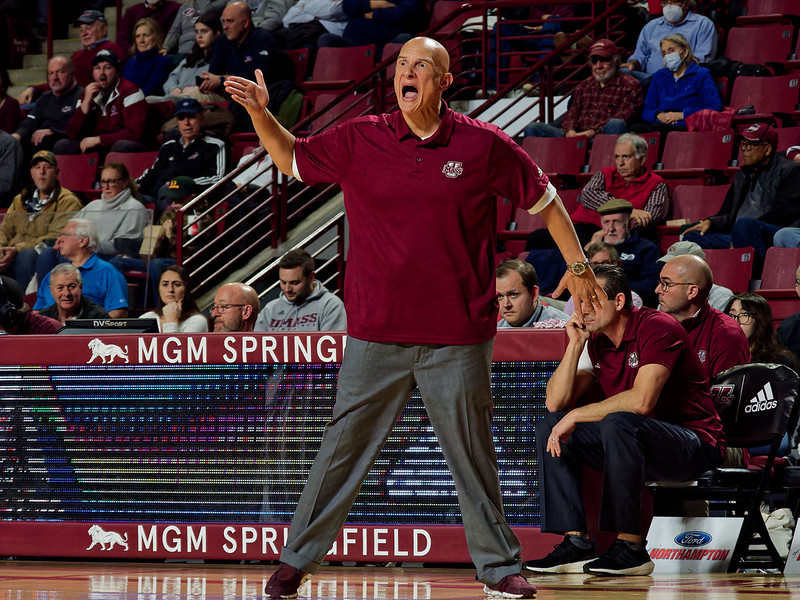












Jim ennis • Dec 24, 2022 at 7:55 am
We had a piano in the basement of Crabtree. Dorm 1974-78.
Two of my dormates would practice and play classical music there.
It’s a memory this article resurrected for me. Now if I can only remember their names, I can see their faces in my minds eye.
Jack Fitzpatrick • Dec 17, 2022 at 6:11 pm
In the original Southwest highrises of the mid 60’s there were upright pianos in about half of the lounges. I loved fiddling with them.